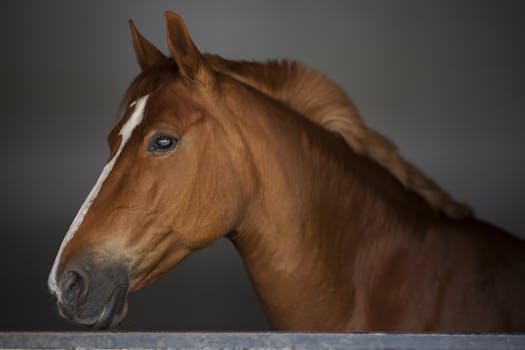
Here are 10 interesting facts about horses:
-
Prehensile Lips: Horses use their lips to explore and grasp objects. Their lips are highly sensitive and dexterous, which helps them pick up food, untie knots, and even open gates.
-
Incredible Memory: Horses have excellent memories. They can recognize other horses and humans after long periods apart and often remember complex paths and locations.
-
Eyesight: Horses have one of the largest eyes of any land mammal and their eyes are positioned on the sides of their heads. This gives them nearly 360-degree vision, allowing them to see predators from almost any direction. However, this positioning also creates a blind spot directly in front and behind them.
-
Sleeping Habits: Horses can sleep both lying down and standing up thanks to a special locking mechanism in their legs called the "stay apparatus," which allows them to relax their muscles and doze without collapsing.
-
Speed and Endurance: The fastest recorded sprinting speed of a horse was approximately 55 mph (88.5 km/h). Besides speed, some horse breeds, especially those used in endurance riding, can travel over long distances for extended periods.
-
Horse Years: Horses have different aging milestones compared to humans. A one-year-old horse is roughly akin to a 6.5-year-old human in terms of maturity. By the time they are five, they are considered adults, similar to a human in their early 20s.
-
Communication: Horses communicate through vocalizations like neighing and whinnying, and non-verbal cues such as ear position, hoof stomping, and tail swishing. These signals can convey everything from excitement to stress or discomfort.
-
Social Structure: Wild horses typically live in small groups called bands or herds, led by a dominant mare and protected by a stallion. The social structure is complex and helps them protect each other from predators.
-
Domestication History: Horses were first domesticated around 3500 BCE, likely in the steppes of central Asia. Since then, they have been used for companionship, labor, and transportation, significantly shaping human history.
-
Variety of Breeds: There are over 300 different breeds of horses, each with unique characteristics tailored to various uses. From the tiny Shetland pony to the majestic Arabian, there's incredible diversity within the species.